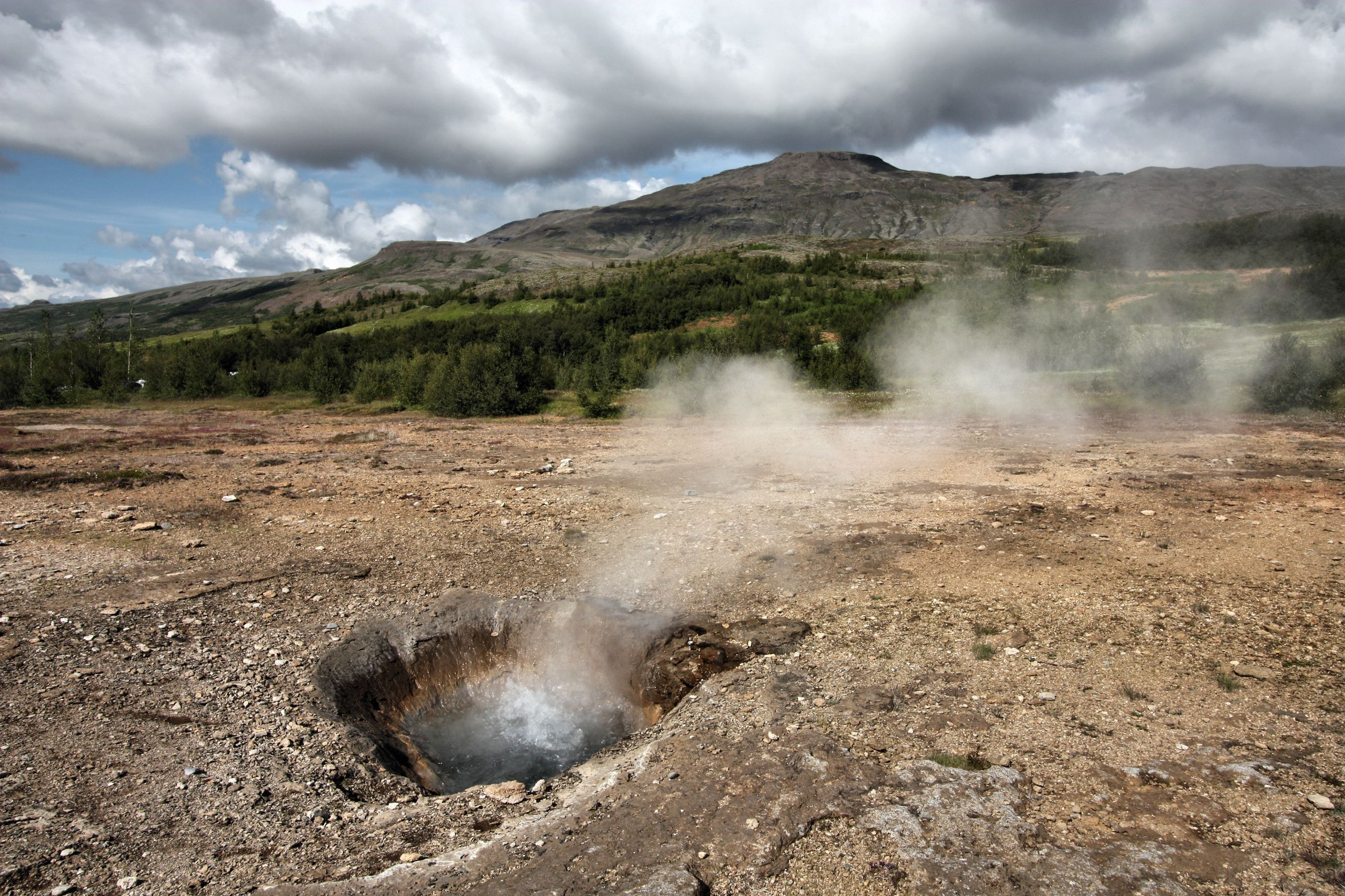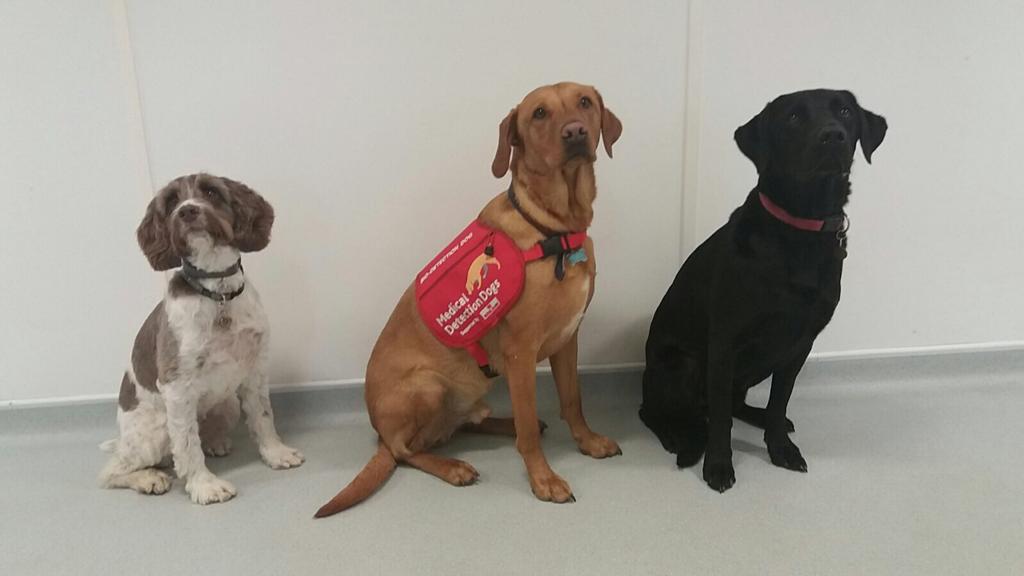BY THE OPTIMIST DAILY EDITORIAL TEAM
Fifteen years ago, the German town of Geretsried had high hopes for geothermal energy. However, when traditional drilling methods failed to reach enough hot water, the town was left with natural gas as its primary heating source. A new wave of geothermal technology is bringing those hopes back to life.
This time, the approach is different. Canadian company Eavor is launching its first commercial power plant in Geretsried, using advanced drilling techniques borrowed from the oil and gas industry. Rather than relying on underground hot water reserves, the company will extract heat directly from deep, dry rock formations.
“Our whole point is that we want to have geothermal anywhere, everywhere,” said Eavor CEO John Redfern. “What better way to prove that than to put our first well where they tried and failed with traditional geothermal systems.”
Why this matters: geothermal’s untapped potential
Geothermal energy has long been a niche player in the renewable energy sector, but that may be changing. The International Energy Agency (IEA) recently highlighted breakthroughs that could allow geothermal to scale worldwide. With new technology capable of drilling beyond 3 kilometers (nearly 2 miles), nearly every country could have access to geothermal heat and electricity.
“It has been a niche energy and concentrated in a few countries,” said IEA Executive Director Fatih Birol. “But soon, geothermal can contribute to the global energy picture in an accelerated manner.”
Germany, in particular, is looking to geothermal as it moves away from fossil fuels. Heating accounts for a significant portion of carbon dioxide emissions, and following the 2022 Russian invasion of Ukraine, the country has been actively reducing its reliance on natural gas imports.
How Eavor’s geothermal system works
Unlike conventional geothermal plants that tap into naturally occurring hot water reservoirs, Eavor’s system, known as the “Eavor Loop,” drills two deep wells—each about 4 kilometers (2.5 miles) deep—and then extends a network of lateral wells to maximize heat extraction from the surrounding rock.
Here’s how the process works:
- Water is pumped into the loop and absorbs heat from the rock as it moves through the system.
- The heated water then rises naturally to the surface, where it can be used in district heating systems or converted into electricity.
- Unlike fracking, Eavor’s system does not require injecting high-pressure fluids to create cracks in rock formations, making it an environmentally safer alternative.
The Geretsried project will feature four loops, each with two vertical wells and about a dozen lateral ones. If successful, this model could be replicated in cities around the world.
From pilot to global impact
If Eavor’s technology proves effective, it could revolutionize district heating, a system where heat is generated in a central location and distributed to buildings through a network of pipes. While district heating is common in Europe—serving 67 million people across 17,000 networks—it is largely powered by fossil fuels. Transitioning these systems to geothermal could significantly reduce emissions.
Germany isn’t the only place interested in Eavor’s approach. The company has already secured a contract to provide heat in Hanover, a city of over 500,000 people that is phasing out coal. In Japan, where geothermal potential is high but underutilized, major power provider Chubu Electric Power Company has invested in Eavor’s technology.
“This is about proving that geothermal can be widely accessible,” said Redfern. “If we can succeed here, we can succeed anywhere.”
Looking ahead: geothermal’s role in the clean energy transition
The Geretsried project is expected to start generating electricity this year, marking a significant milestone for deep geothermal technology. If successful, it could pave the way for large-scale adoption worldwide, providing a reliable, carbon-free energy source to complement solar and wind power.
Geretsried Mayor Michael Müller believes embracing this technology is essential for the town’s future. “We want to remain future-proof,” he said. “So let’s start the future.”
With geothermal energy’s potential now greater than ever, the question isn’t whether it can work—but how quickly the world can adopt it.











